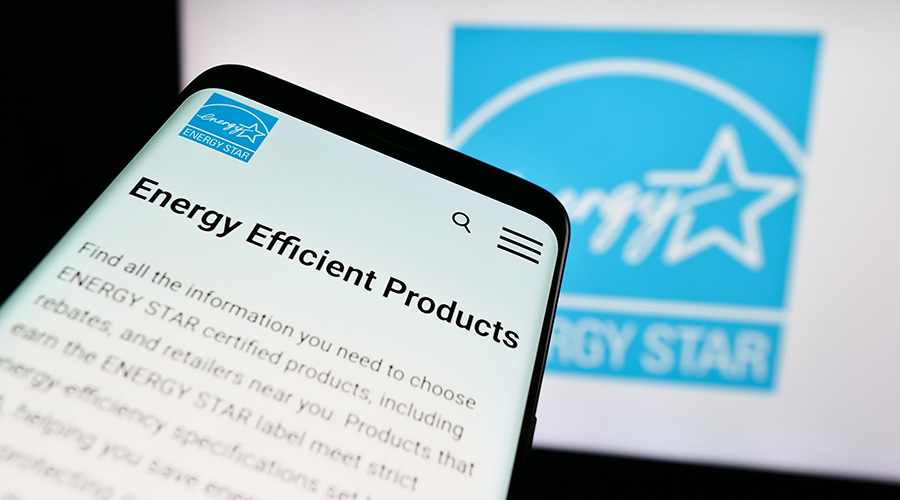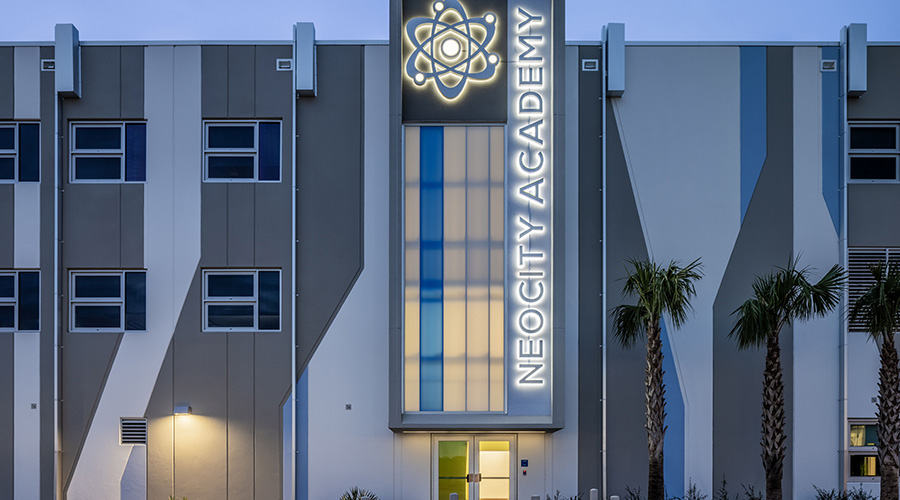Personnel, Operating Costs Can Be Addressed By New BAS
The two major expenses every building owner faces are personnel and operating costs. Both factors can be addressed by a new or upgraded building automation system.
At the core of any energy improvement is a BAS, which is programmed to collect, track, evaluate and manage the building's systems operations, improving comfort while reducing expenses through operational efficiency gains. The BAS can also help reduce personnel costs by freeing up maintenance staff, enabling them to re-direct their energies to other aspects of building operation. Perhaps additional tasks will no longer need to be outsourced or operating procedures will finally get the evaluation they've long needed, an analysis that can help to predict where and when system problems will occur or maintenance will be required.
Justifying Savings
Reductions in operating costs can have a significant impact on the rent structure. If a building's energy consumption can be reduced by 50 percent, the annual rent profit margins can in-crease by 3 percent to 10 percent, without escalation.
For those owners that see it to their advantage to pass on the energy savings to their tenants by lowering the rent, this type of a reduction in energy consumption can change the rent structure significantly to reposition the building in the market, attracting more high-profile tenants. That's a powerful argument for justifying the investments that are called for in the green master plan.
But what about an owner-occupied facility that can't leverage rent profits or entice potential new tenants? The highest cost for an organization is its people. How can a corporation increase the productivity of its employees? By increasing occupant comfort and satisfaction. Giving workers better lighting, ventilation and environmental control will remove distractions, increase thermal comfort and decrease sick days, creating a better overall quality work environment where employees have the ability to work for longer periods of time, more comfortably.
Existing building payback needs to be viewed similarly to new building payback. The 2-20-200 Rule applies: Energy costs are roughly $2 per square foot per year. Construction costs average $20 per square foot per year, when amortized over 25 years. Staffing an office building costs $200 per square foot per year. As little as a 1 percent increase in productivity would be the equivalent of $2 per square foot per year cost savings, covering the annual energy bills. A 10 percent increase in productivity would be equivalent to $20 per square foot per year cost savings, which would pay for the building itself.
Mehdi Jalayerian, P.E., LEED AP, is senior vice president and principal-in-charge of the international and special projects division for Environmental Systems Design, Inc. Dave Callan, P.E., CEM, LEED AP, is senior vice president and director of the technical operations group, overseeing the management of the technical staff in the design of high-performance projects at the firm.

Related Topics:














